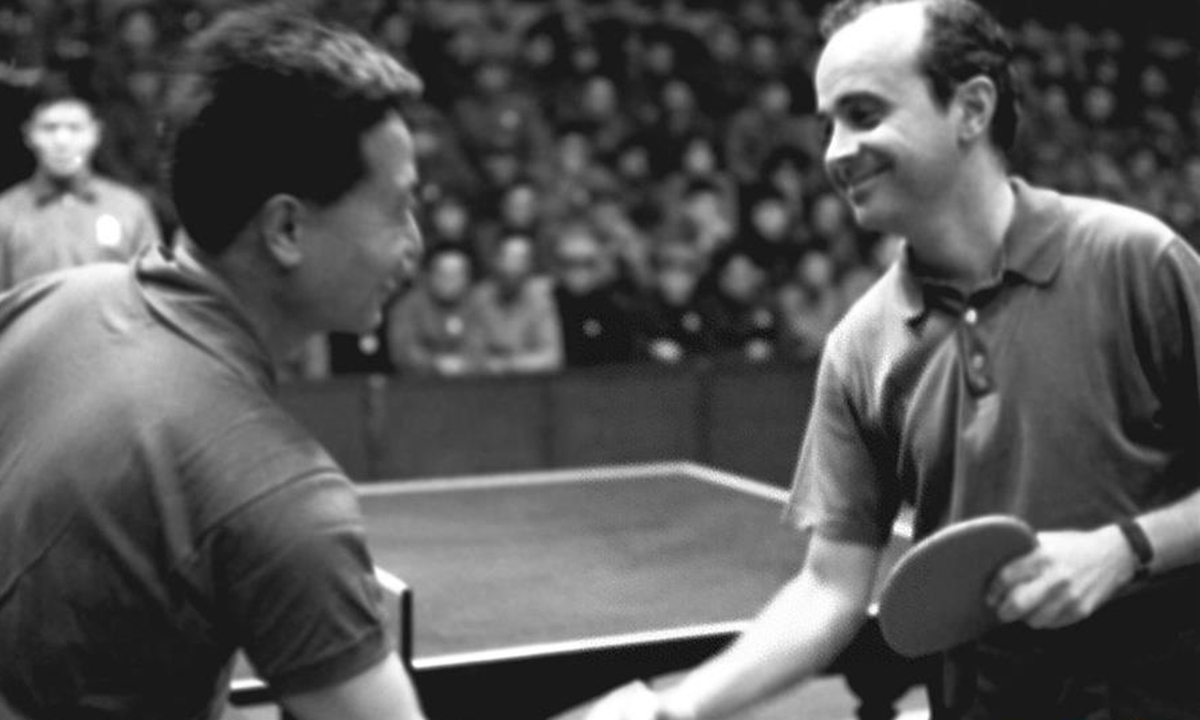Do you know about ping-pong diplomacy? The expression refers to an event that occurred in the early 1970s that led to a symbolic rapprochement between the United States and China in the midst of the Cold War. We explain how.
In 1949, Mao Zedong founded the People’s Republic of China. From then on, the Chinese and American governments cordially ignored each other. It was the Cold War, and tensions intensified after the Cultural Revolution that began in 1966. However, in the early 1970s, an unexpected event would push the leaders of the two nations to make a symbolic gesture. The cause? A sport, and an unexpected meeting between two players, one Chinese, the other American.
China and ping-pong: why do the Chinese dominate table tennis so well?
The Chinese did not invent ping-pong, but it is a national sport for them, like football in France. It must be said that it is very accessible: a table, rackets and a ball are enough, and anyone can play, at any age. It is also promoted in schools and universities, because the equipment is not expensive compared to other sports. Its popularity, as well as the country’s high population (800 million inhabitants in 1970) explains why there are more players there than elsewhere. And among them are potentially future world champions. But, to become one, intensive training is necessary, often more than ten hours a day.
Why did this sport help to renew diplomatic relations between China and the United States?
In 1971, the city of Nagoya in Japan hosted the 31st World Table Tennis Championships. One evening, Glenn Cowan, a young American player with a hippie look, missed the bus bringing his team back. A Chinese table tennis player then invited him to come back on his bus. The journey was weighed down by an awkward silence, the Chinese team not knowing how to treat this representative of American imperialism. Finally, the three-time world champion Zhuang Zedong offered Cowan a silk painting. A handshake and smiles followed at the foot of the bus, immortalized by photographers. When Mao Zedong learned of this, he seized the opportunity to offer the American players a visit to China. This renewed diplomatic relations. The following year, American President Richard Nixon was invited. Two months later, from April 12 to 30, 1972, Zhuang Zedong visited the USA as head of the table tennis delegation.
Why do we say “ping-pong diplomacy” when we no longer say “ping-pong” but “table tennis”?
We should not talk about “ping-pong diplomacy” since it refers to the name of the brand under which the game was marketed in the USA at the beginning of the 20th century. Moreover, before 1971, Americans did not consider this game as a real discipline. Today, we speak of “ping-pong” for the game, and “table tennis” for the sport. However, the expression has become commonplace, and “ping-pong diplomacy” is even making a comeback. In January 2024, twelve American students flew to China on a cultural trip, again to exchange ideas around a table tennis table.
This article is originally published on caminteresse.fr








